NY Sire Stakes at Chenango County Fair
NORWICH – Tuesday was the first day of the Chenango County Fair, which now has 167 years of rich tradition behind it. Along with a day of free admission, there was also the NY Sire Stakes that started at 1 p.m. There were 23 different races that were featured, 21 of which were standard horses hitched to sulkies, and two that were under saddle races.
“There are over 100 horses here today and they are all standard breed,” said Race Secretary Brenda Weidman. The races are divided into divisions that feature two-year-old trotters or pacers that are either fillies, geldings or colts. There is also the same thing for three-year-olds. The divisions are determined by the New York Harness Horse Breeders.
There is an entry fee of $50 for each driver, and Weidman said that this is just one race in a circuit of competitions that will ultimately lead to a race in Monticello in September. Those who won the races yesterday were accumulating points to see if they can compete in the final race of the circuit – only those with the highest points gained throughout the whole circuit can compete in Monticello. All of the drivers who compete in Monticello must compete in at least four races in the circuit in order to qualify.
When asked what keeps her involved with the races Weidman said, “We've done this all of our lives.”
Her husband, as well as her two sons, are involved in the Sire Stakes and have been for a long time.

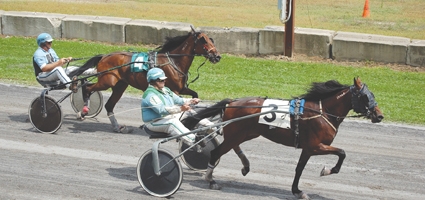

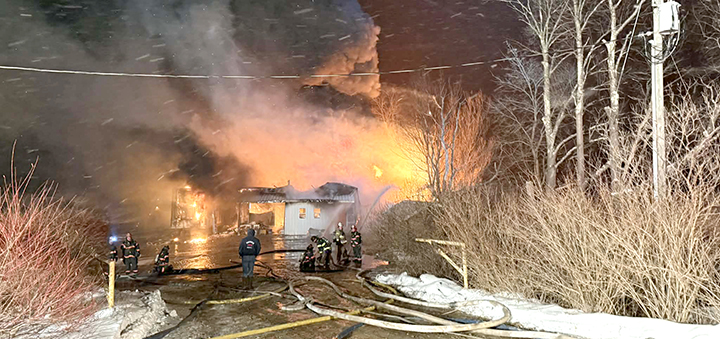
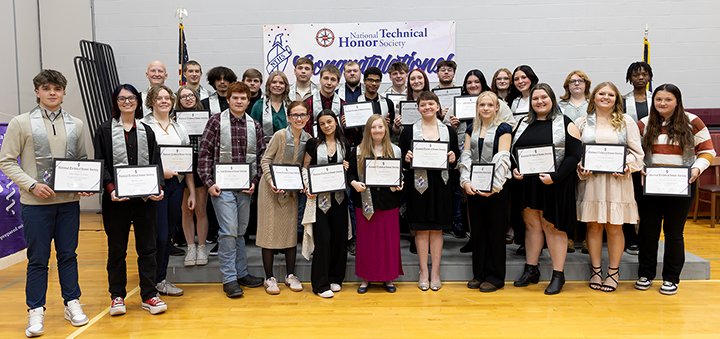
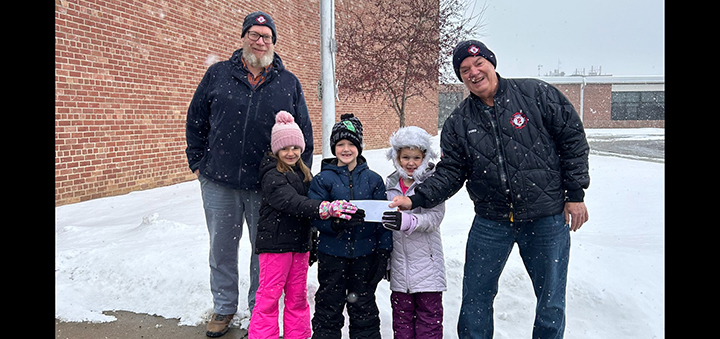
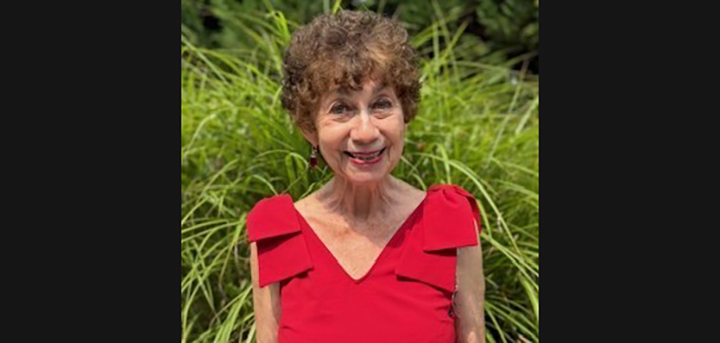

Comments